Search
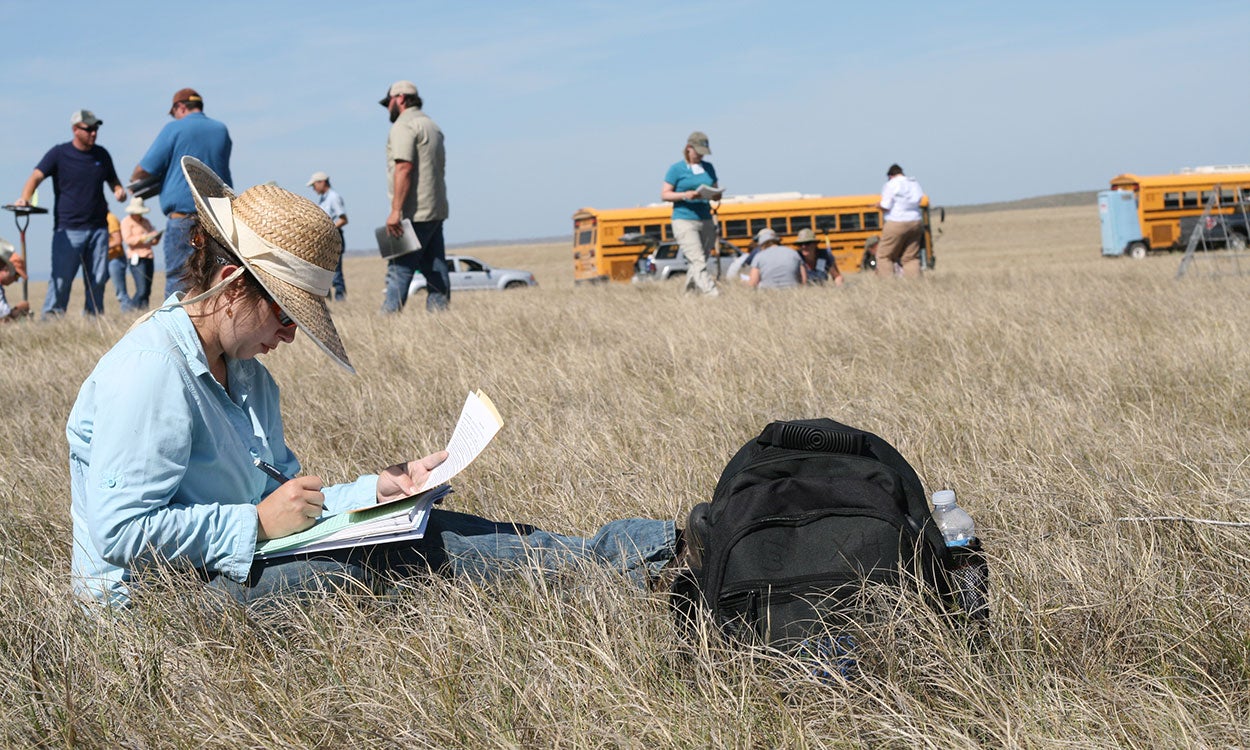
South Dakota Natural Resource Professionals Range Camp Registration Now Open
April 26, 2022
SDSU Extension, in partnership with the U.S. Forest Service, the Bureau of Land Management and the Natural Resource Conservation Service, is hosting a three-day range camp June 28-30 in Belle Fourche, South Dakota.
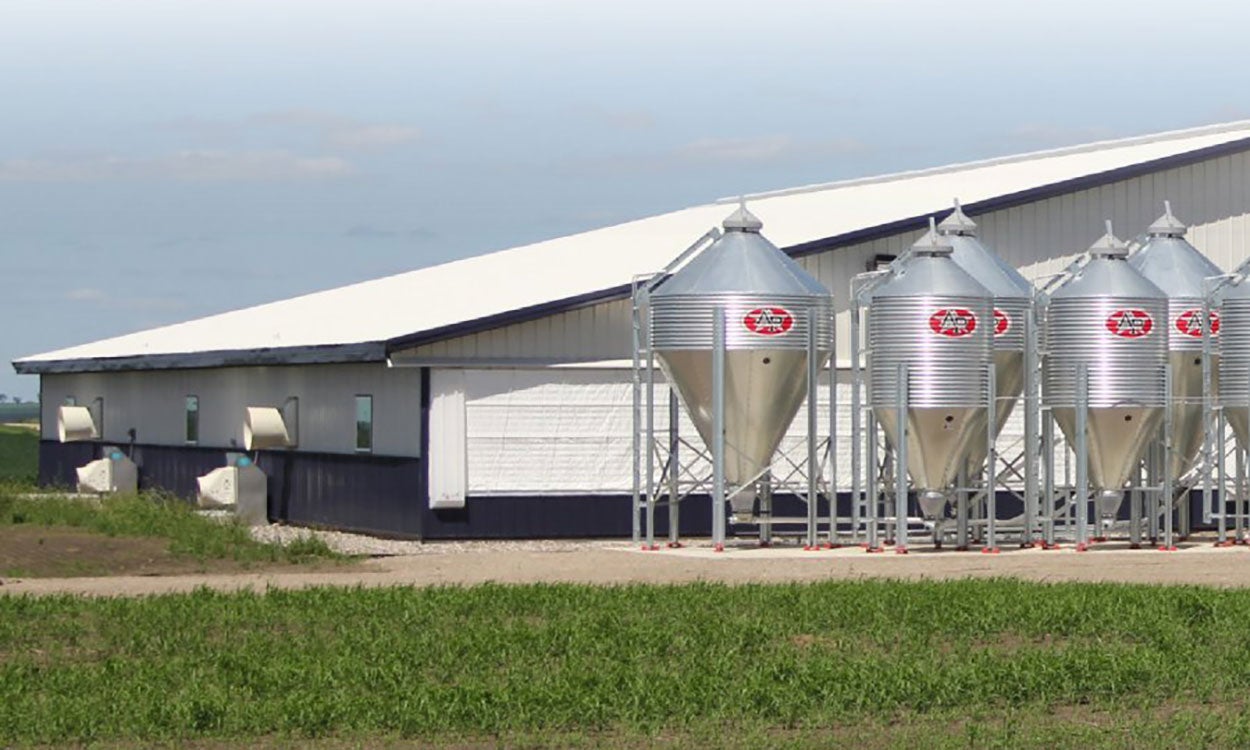
Feed Additives Can Modulate the Swine Gut Microbiome in Weaned Pigs
Recent research at the SDSU Commercial Wean-to-Finish Research Facility found that a combination of feed additives provided benefits to the performance of weaned pigs and also modulated the swine gut microbiome.
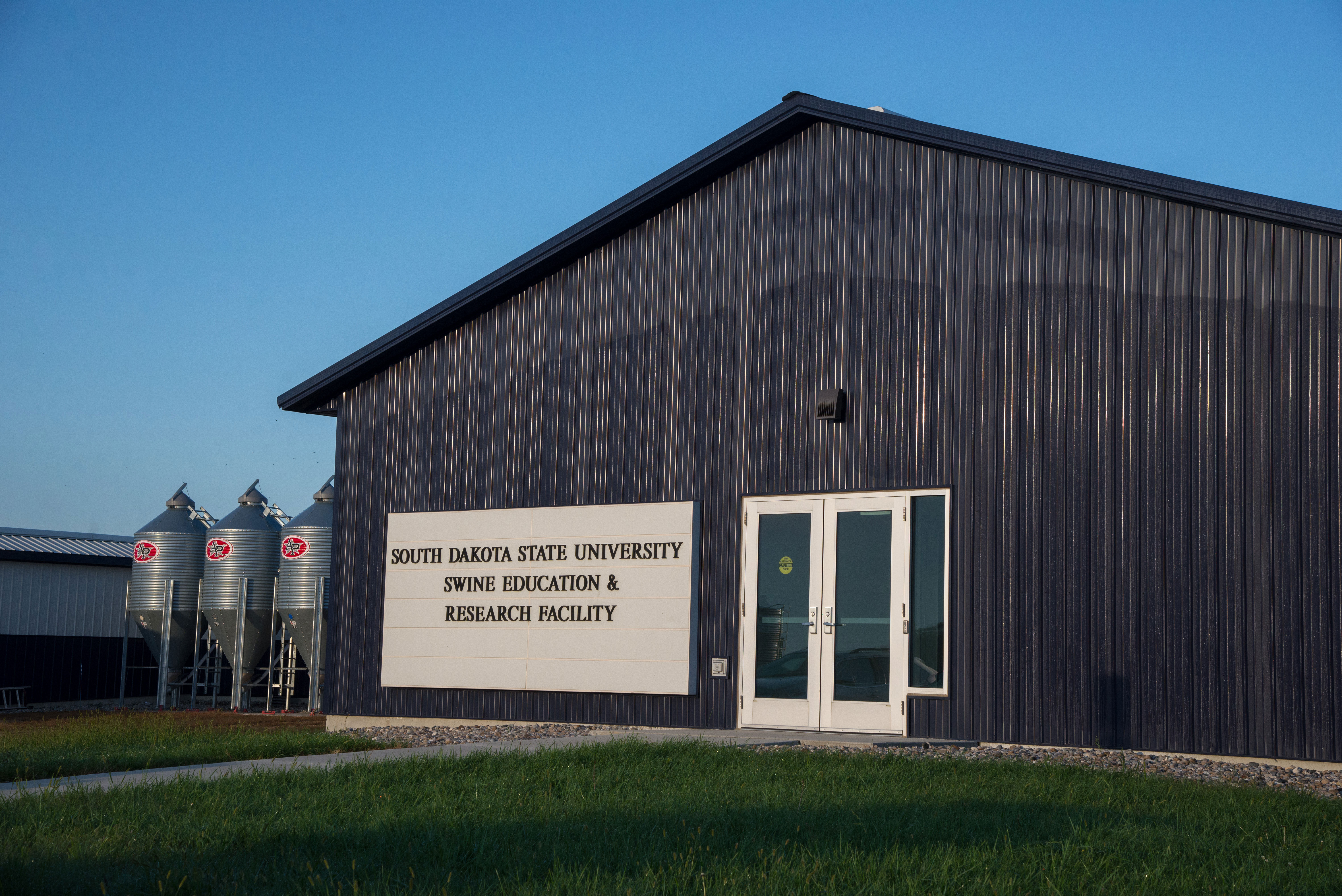
Trace Mineral Incorporation Level Did Not Impact Grow-Finish Pig Performance
Recent research at SDSU found that supplementing dietary trace minerals at levels closer to NRC requirements in typical corn-soybean meal diets for grow-finish pigs did not have an impact on overall pig performance and carcass characteristics.
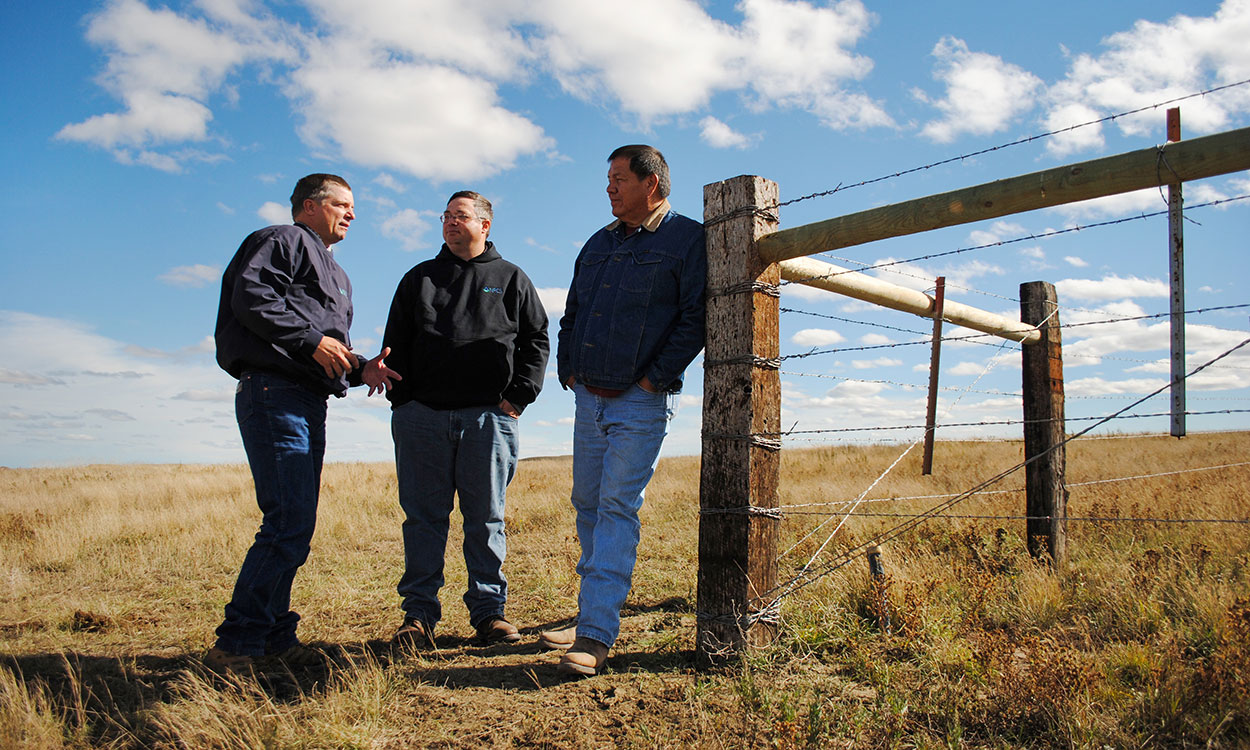
Five Range Management Principles: #2 Creating a Grazing Plan
Creating a grazing management plan can be overwhelming. Learn the basic steps for outlining a plan, along with several resources to help identify the right strategy for your operation.
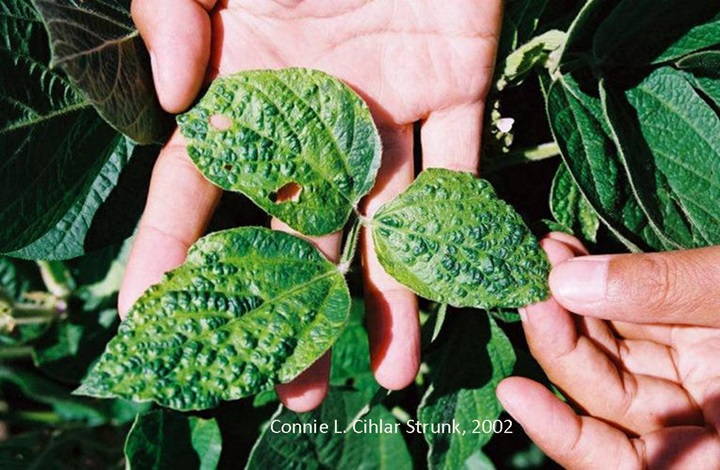
Soybean Pests: Bean Leaf Beetles and Bean Pod Mottle Virus
With the number of bean leaf beetle observations in soybean fields during 2016, the need for monitoring soybean for Bean pod mottle virus (BPMV) development increases. Bean pod mottle virus was first identified in South Dakota in 1998, and is recognized as a very economically important disease in soybean due to the potential for it to cause devastating losses to soybean yields.
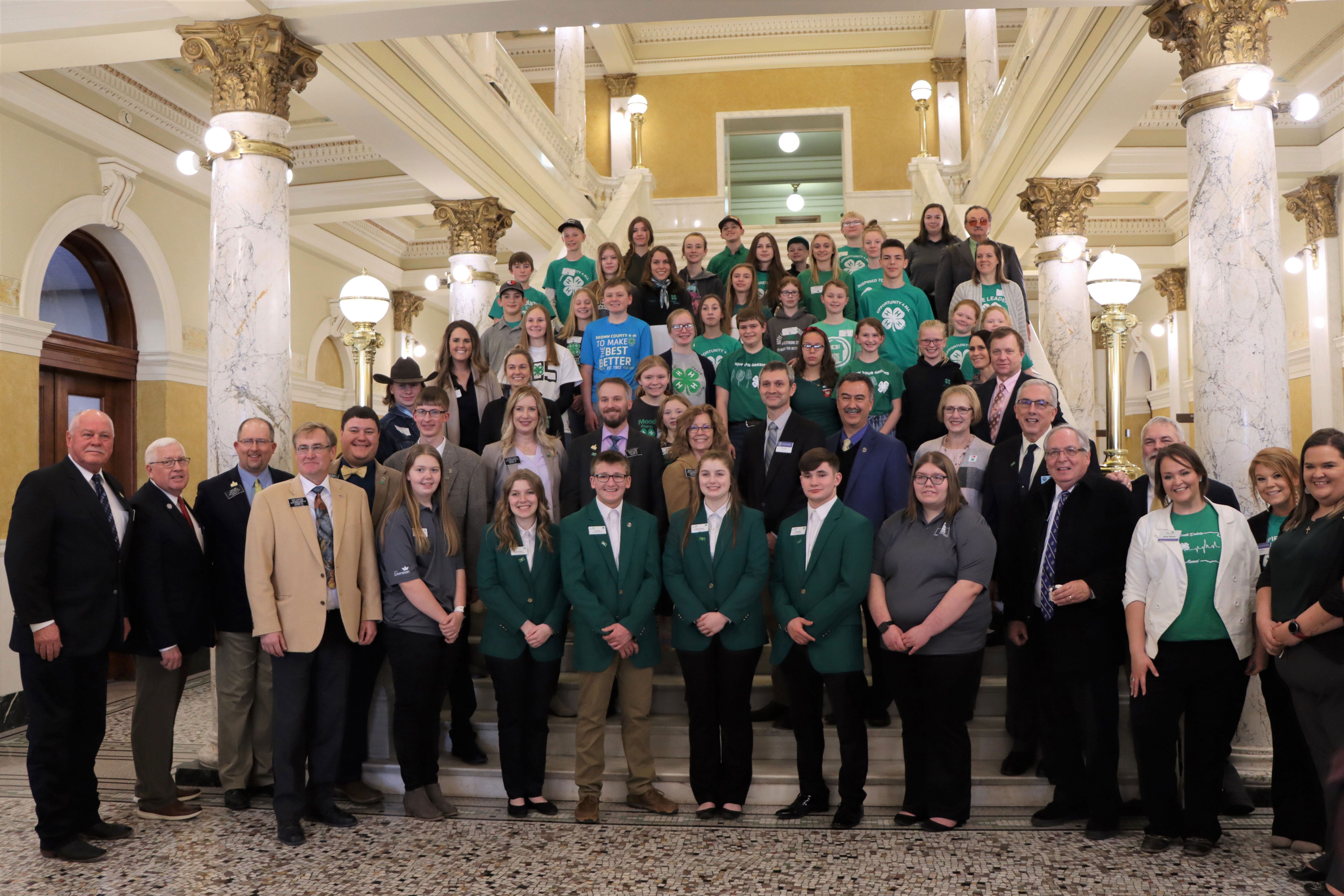
South Dakota 4-H Gathers for 2022 4-H Capitol Day
April 28, 2022
The day included opportunities for 57 4-H attendees to engage in town hall sessions with legislators, view committee meetings, partake in a self-guided tour of the capitol building, and watch the general session of each chamber.
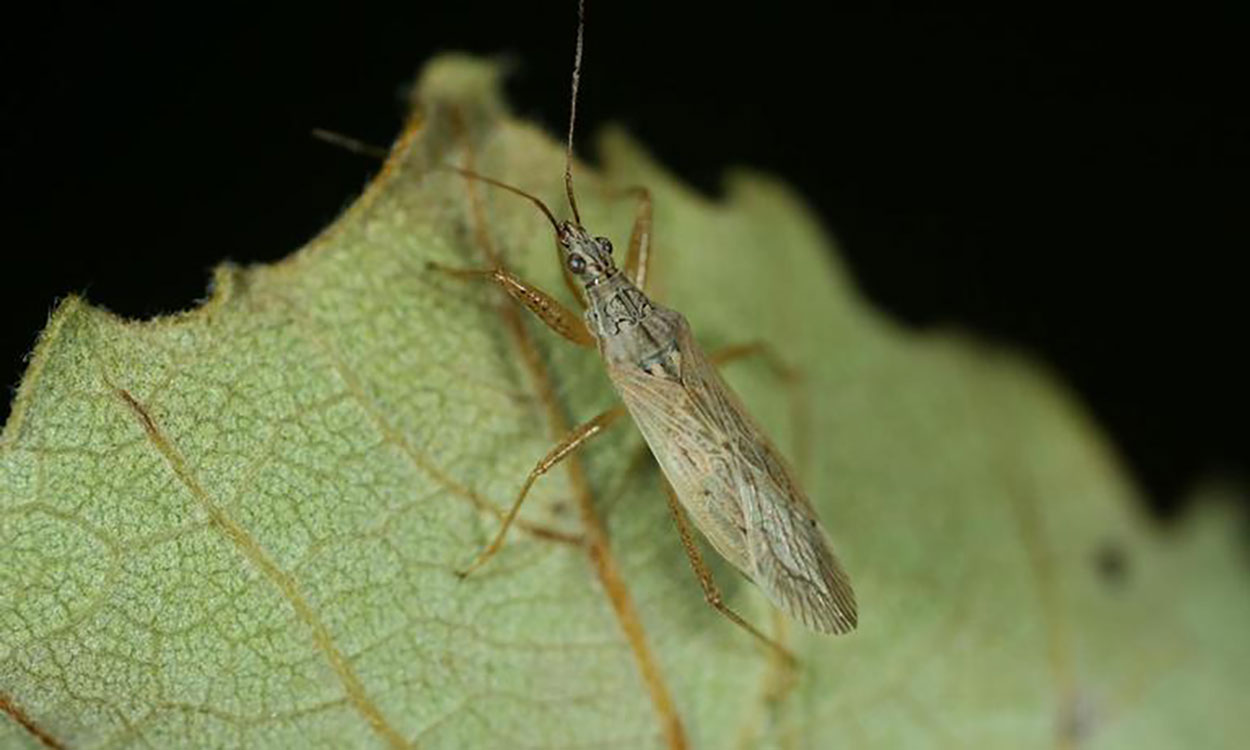
Damsel Bugs: Beneficial Predators in Managed and Agricultural Landscapes
It is important to remember that not all insects are pests. Damsel bugs are beneficial predators that feed on soft-bodied insects, including many agricultural and garden pests.
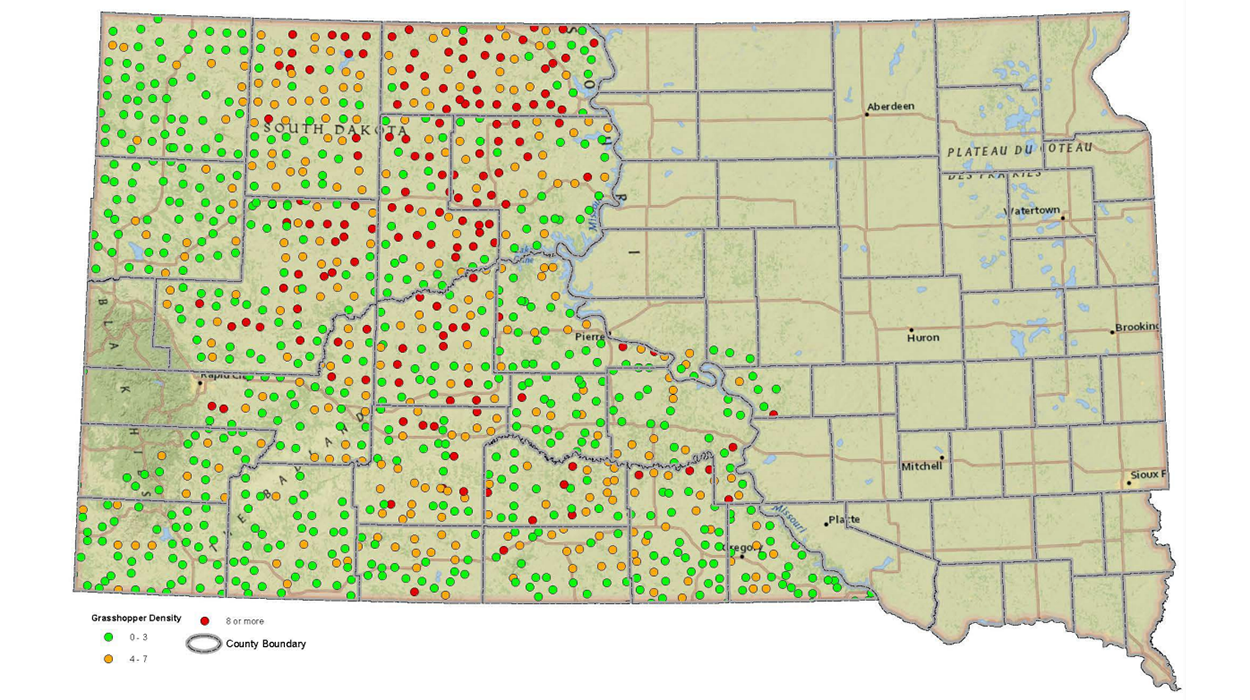
South Dakota Grasshopper Prediction for 2022
Data from the 2021 USDA Adult Grasshopper Survey of South Dakota suggests that grasshopper populations may continue to be problem in parts of central and western South Dakota during the spring of 2022.
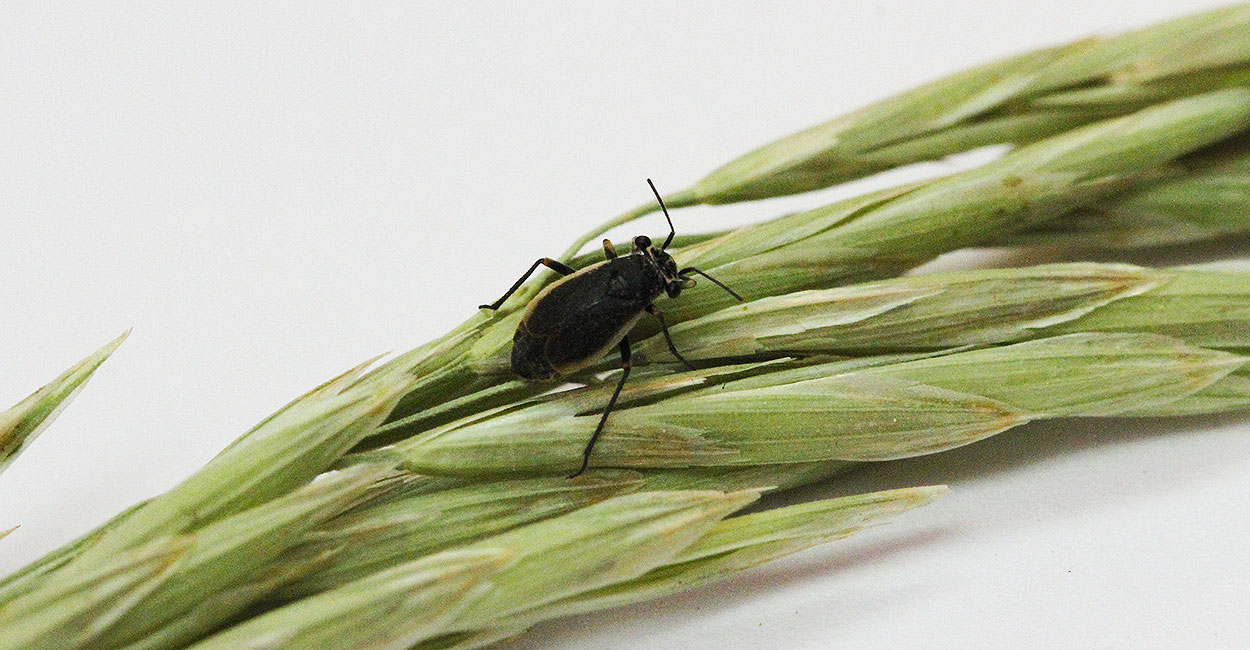
Black Grass Bugs May Cause Issues if Drought Persists
In western South Dakota, black grass bugs are a common spring forage pest that can cause considerable damage during periods of drought. Learn how to monitor and manage this pest to protect your forages this spring.
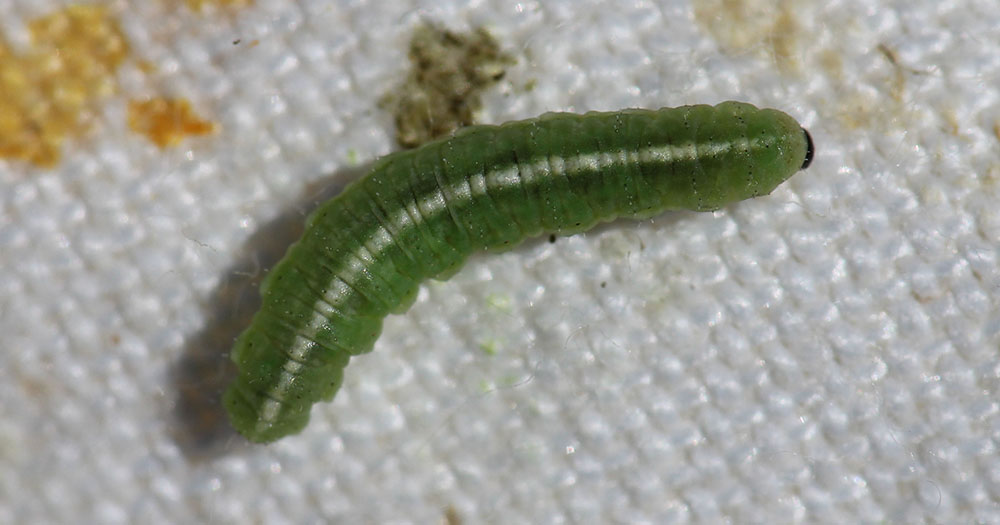
Alfalfa Weevil Activity Prediction Update: April 28, 2022
Although spring temperatures have fluctuated, we have been accumulating degree days, which means some of insect pests will emerge soon. With warmer temperatures in the upcoming forecast, the need to scout for alfalfa weevil activity will increase.